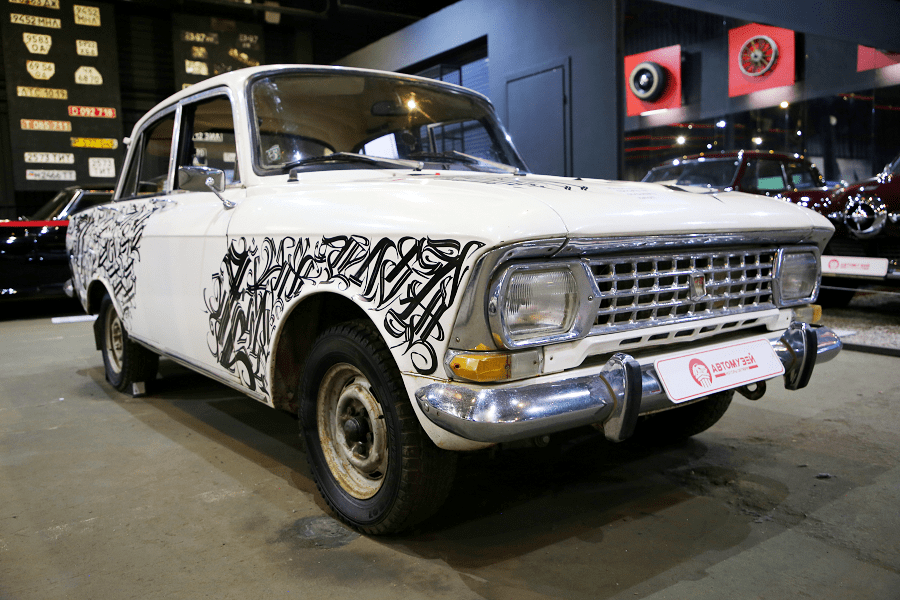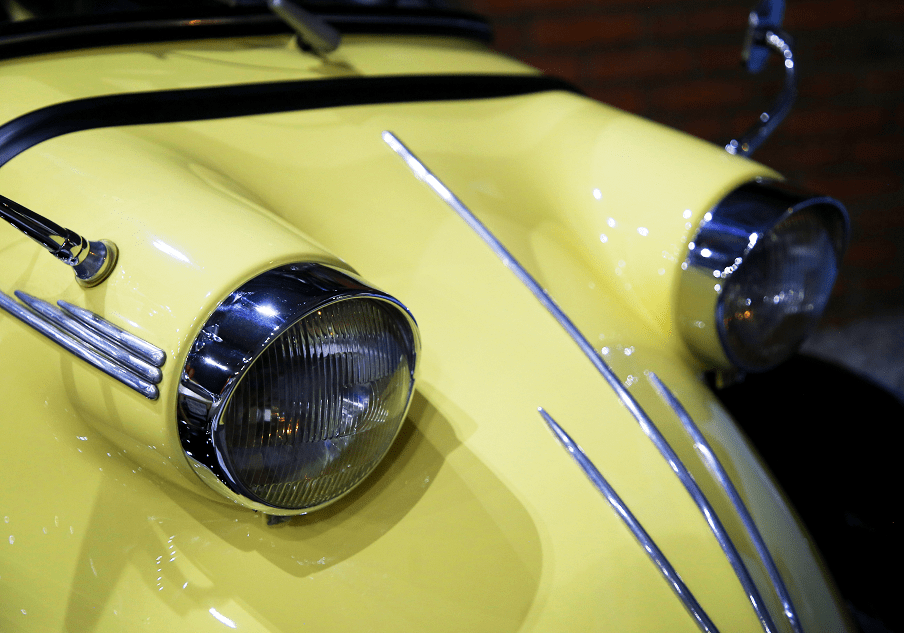Seat 600 E: copy from 1970
The SEAT 600 is a city car made in Spain by SEAT from May 1957 until August 1973 under licence from Fiat. It helped to start the Spanish miracle (economic boom of 1959–1973) that came at the end of the slow recovery from the Spanish Civil War. It was a relatively inexpensive vehicle (then 60,000 Spanish pesetas) and was the first car that came within the modest but rapidly growing economic means of most Spanish families from the mid-1960s to the early 1970s. The vehicle has become an icon of the period.
The SEAT company was born as a joint venture of the Spanish state holding agency National Institute of Industry, six Spanish banks and Fiat – almost all SEAT models up to 1982 were license-built Fiat-based cars, although the 1200/1430 Sport “Boca negra” and 133 were created in-house by SEAT in the 1970s.
The two initial series were the 600 and the 600 D two-door saloon, distinguishable by the use of “suicide doors”. The third-series 600 E had conventional doors, bigger headlamps, a different plastic grille, and other improvements.
The final production run was the 600 L Especial, produced only for a few months in 1973. The design of the SEAT 600 was a two-door saloon (two-door, rear engine).
A commercial body called the SEAT 600 Formichetta was also available.












